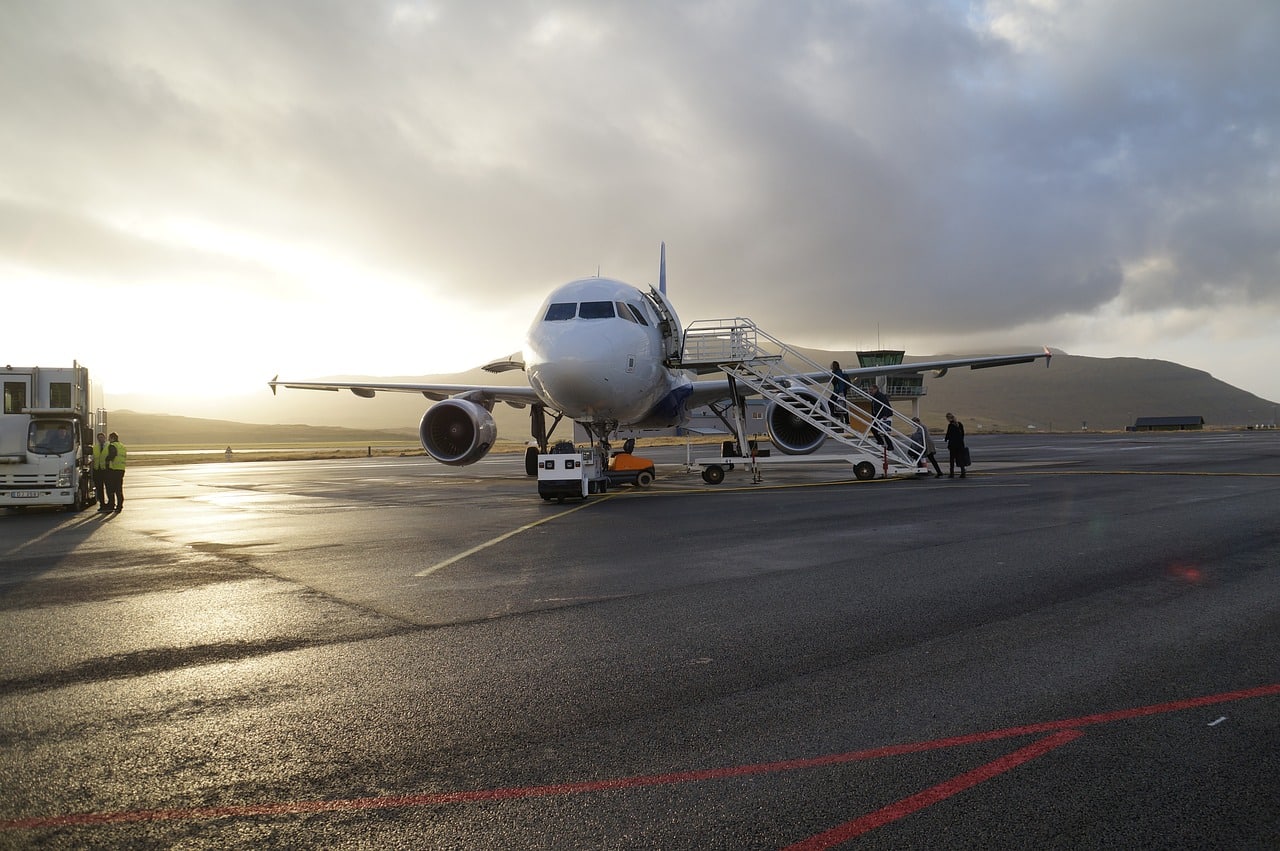South American Airlines Advocate for Open Skies Agreements: Uniting the Continent’s Skies
The aviation industry is a vital component of global connectivity, facilitating the movement of people, goods, and ideas across borders. In South America, airlines are pushing for open skies agreements to revolutionize the way air travel operates across the continent. These agreements aim to remove regulatory barriers, promote competition, and enhance the overall travel experience for passengers. In this article, we will explore the growing demand for open skies agreements in South America and how they can bring significant benefits to the region.
Open skies agreements, often bilateral or multilateral treaties between countries, aim to liberalize international aviation markets by removing restrictive regulations and fostering competition. These agreements promote greater transparency and fairness in the industry, leading to more choices for passengers and more opportunities for airlines. South American countries have been increasingly recognizing the potential of open skies agreements to transform their aviation landscape.
South American Aviation Industry: Current Challenges
The South American aviation sector faces several challenges that hinder its growth and competitiveness. Many countries have strict regulatory policies that limit foreign airlines’ access to their markets, resulting in limited competition and often high ticket prices. Inefficient airport infrastructure, high taxes, and bureaucratic procedures further hamper the industry’s development.
Uniting the Continent: The Case for Open Skies Agreements
South American airlines, along with governments and aviation authorities, are advocating for open skies agreements to address these issues. By opening up their skies, South American countries can attract more foreign airlines, boost connectivity, and enhance the overall passenger experience. Open skies agreements can pave the way for more straightforward routes, increased frequencies, and reduced airfares.
Economic Benefits and Increased Connectivity
Open skies agreements have the potential to generate significant economic benefits. Increased competition encourages airlines to improve their services and reduce prices, making air travel more affordable for the average South American. Moreover, the enhanced connectivity facilitated by open skies agreements can lead to more tourism and business travel, boosting local economies and creating jobs.
Environmental Impact and Sustainability
As the world becomes increasingly conscious of environmental issues, open skies agreements offer sustainability benefits as well. By fostering efficient routes and reducing the need for long detours, these agreements can help lower the carbon footprint of air travel. Additionally, more airlines may invest in fuel-efficient aircraft and sustainable practices, further contributing to a greener aviation industry in South America.
Challenges and Obstacles
While open skies agreements hold immense promise, they are not without challenges. Negotiating such agreements can be a complex and time-consuming process, as each country has its own interests and concerns. Additionally, some governments may be hesitant to open their markets, fearing potential disadvantages for their own carriers. Addressing these concerns and finding common ground will be crucial in the push for open skies in South America.
Conclusion: A Brighter Future for South American Aviation
South American airlines are making a strong case for open skies agreements in the region. These agreements can lead to a more competitive and interconnected aviation sector, ultimately benefiting both travelers and the local economies. While challenges exist, the potential for a brighter future for South American aviation is undeniable. Open skies agreements may be the key to unlocking the continent’s aviation potential and enhancing its global connectivity.
















 vince salvador
vince salvador November 24th, 2023
November 24th, 2023 0 Comments
0 Comments


Leave a reply